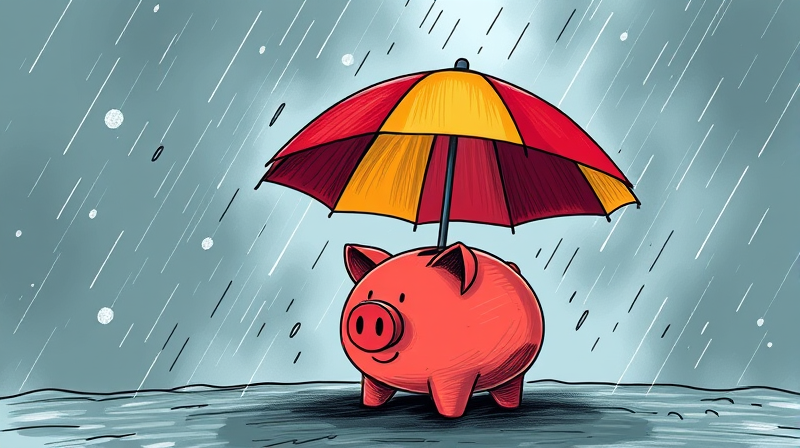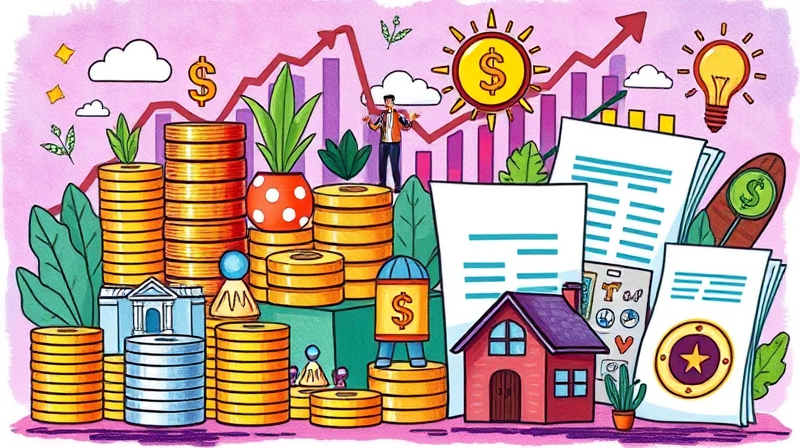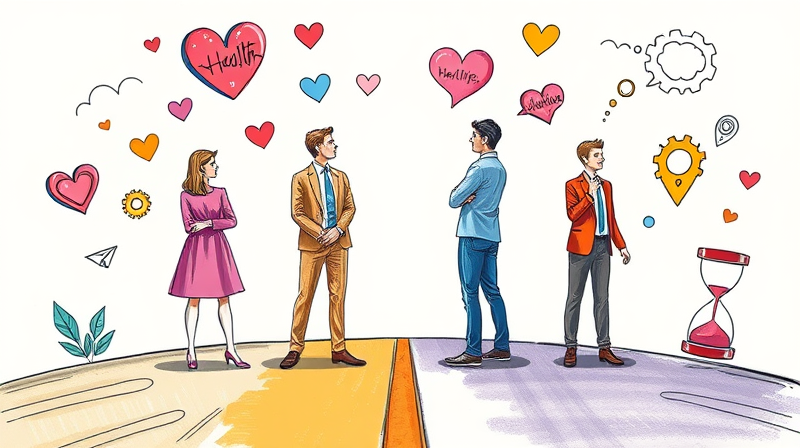
In an unpredictable world, having a dedicated cash reserve can be the difference between scrambling for help and feeling truly secure when crisis strikes. This article explains why you need an emergency fund separate from your investments and shows you how to build one step by step.
An emergency fund is a cash reserve set aside solely for unplanned expenses or financial emergencies. It stands apart from long-term investments, which are designed for growth over years or decades. Instead, your emergency fund must remain highly liquid and instantly accessible to cover unforeseen costs without delay.
Emergencies range from sudden job loss and medical crises to urgent home or auto repairs. When unexpected bills arrive, selling investments can lock in losses or incur penalties and taxes, leaving you worse off. A cash reserve, by contrast, remains stable, protected, and ready whenever you need it most.
Mixing emergency cash with investment funds can expose your safety net to market volatility and accessibility issues. Here’s why separation matters:
Most experts recommend saving between 3–6 months of essential living expenses. If your income is unstable, freelance-based, or you support dependents, aim for 6–12 months to stay covered during extended disruptions.
Begin with a $1,000 starter milestone to cover small emergencies, then gradually increase your balance. To calculate your personal target, total up must-pay items:
Where you park your emergency fund matters almost as much as having one. Look for accounts that offer both security and easy access:
Avoid placing these reserves in stocks, mutual funds, ETFs, or retirement vehicles, where you risk penalties, taxes, or delays when money is needed most.
Starting small and staying consistent will yield results. Follow these practical tactics:
Beyond numbers, a well-stocked emergency fund brings profound emotional relief. When you face life's surprises, you’ll feel:
Calm in a financial storm—knowing you have a cushion reduces panic and irrational decision-making.
Confidence in difficult times—with a reserve, you can focus on solving problems rather than worrying about expenses.
Freedom to make better choices. You can take calculated career risks, negotiate from strength, or even change jobs without fearing immediate financial ruin.
Once your core reserve is in place, consider these refinements:
1. Joint vs. separate accounts. Couples may combine funds or maintain individual buffers depending on shared and personal obligations.
2. Tier your liquidity. Keep a base level in a checking-linked savings, with additional funds in a higher-yield, slightly less accessible account to discourage non-emergency use.
3. Periodic reviews. Reassess your target whenever your income, living expenses, or family situation changes—this ensures your reserve remains aligned with real needs.
By building and maintaining an emergency cash reserve outside of your investment funds, you gain true financial resilience and the peace of mind that comes from knowing you’re prepared for the unexpected. Start today by setting realistic milestones, automating your contributions, and choosing a secure, liquid account. Over time, your reserve will grow, protecting you from hardship and empowering you to face whatever life throws your way.
References













